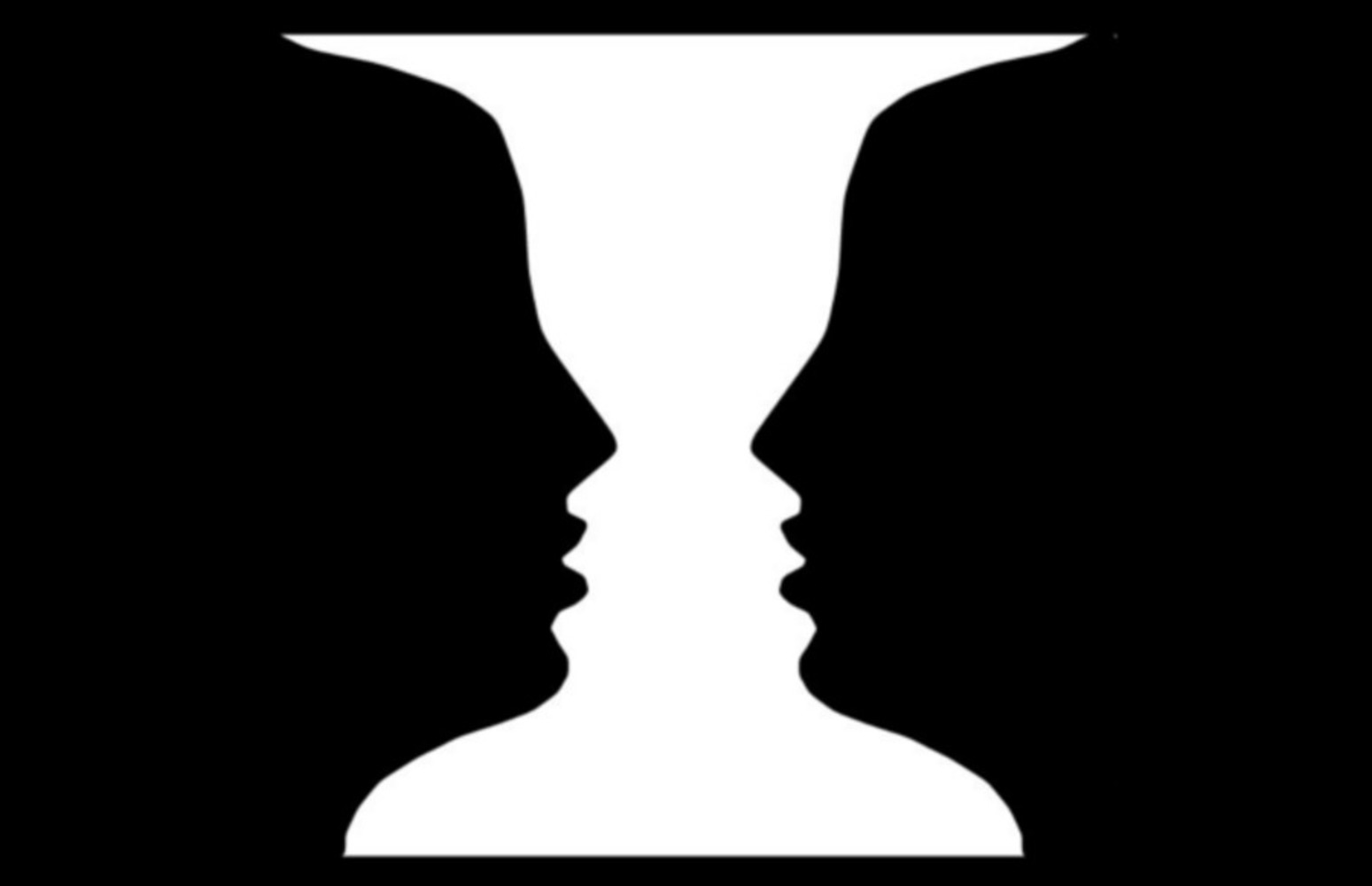Curatorial Statement
When not properly positioned, the shapes in this design appear meaningless. However, we recognize the suggested form when the shapes move into a position allowing us to see the illusory curves in their negative space. The accompanying sound plays into this theme by shifting from a static blur that our brain struggles to make sense of to a clear tone that's easily perceived. It briefly allows the viewer to make sense of the image before shifting back into incoherency. This ephemerality is intentional - offering a microcosmic example of the "right conditions" needed for something to make sense.
